Located in Zurrieq, between the village and the Blue Grotto, Wied Babu is perhaps one of the lushest valleys in Malta. The vegetation changes with the seasons, making a walk through it to its mouth an ever-fresh experience. The steep rocky sides would inspire awe in anyone. Here's a walk through Babu valley in October in pictures.
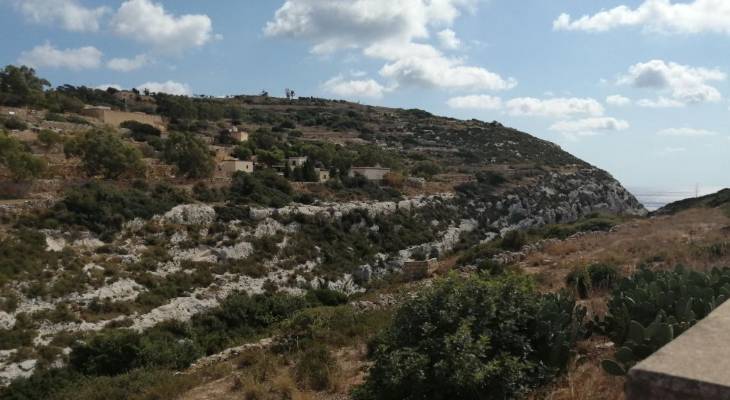
To walk the furthest length of the valley, we park on the curve leading down from the village of Zurrieq (there's a turning into a dirt road on the right). We walk only a few metres along the promenade before we spot the rock cut flight of stairs across the valley which marks the entry point from this side.
We must jump over the railings from the promenade into the natural zone, but there's a stone slab to help us down. I'm told the place is privately owned but the owners kindly allow the public to enjoy it nonetheless.
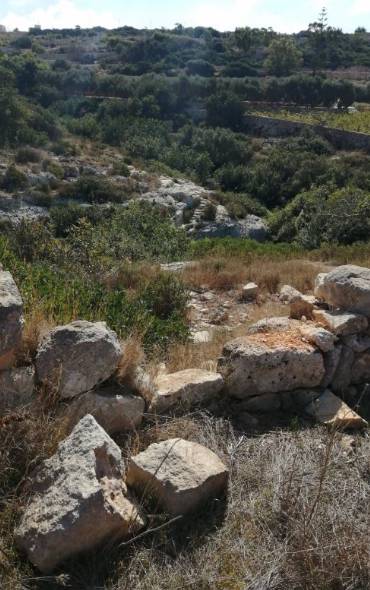
As we cross the terrain towards the rock-cut stairs, we need to step down carefully to the bottom. My boots were a good idea, my friend's flip flops were not. Once down, we see a pathway clearly opens to the right.
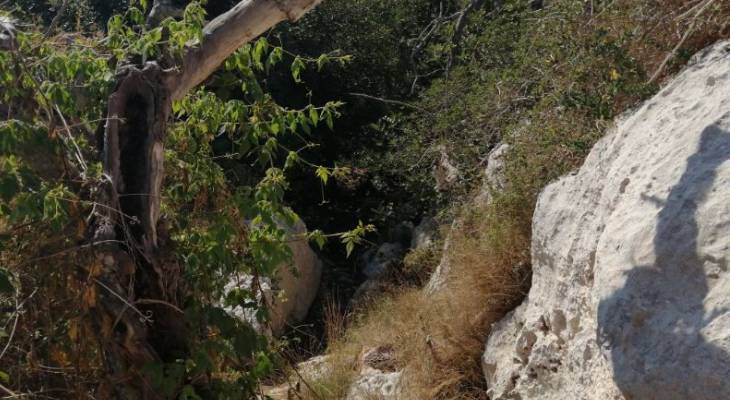
The very first place we come to is a beautiful clearing that's evidently enjoyed frequently as little grass grows beneath the trees. The air is cool, it feels humid and, today, there are a few too many mosquitoes although it is the middle of the day. Perhaps we'll leave the picnic here for another day.
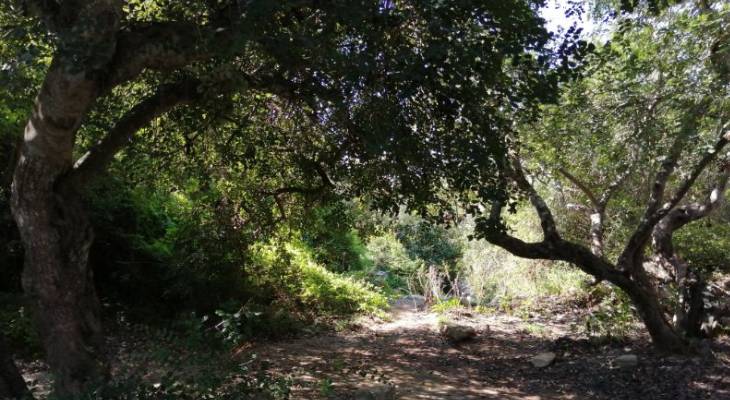
To the right we see a passage that's evidently made by running water, as there are several stones tumbled over each other. We follow the pathway on the left.
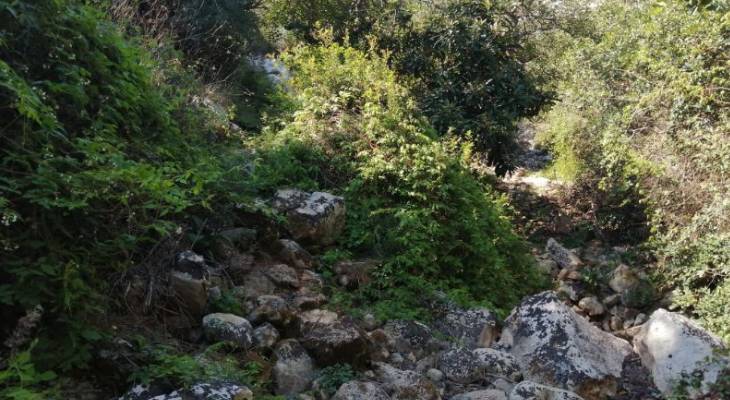
Forget a walk in the park. Wied Babu is wild. The pathway is clear, but it is strewn with rocks and roots, and branches and spiky stems are flying across. It feels blissful. Few places in Malta feel so untouched by humans.
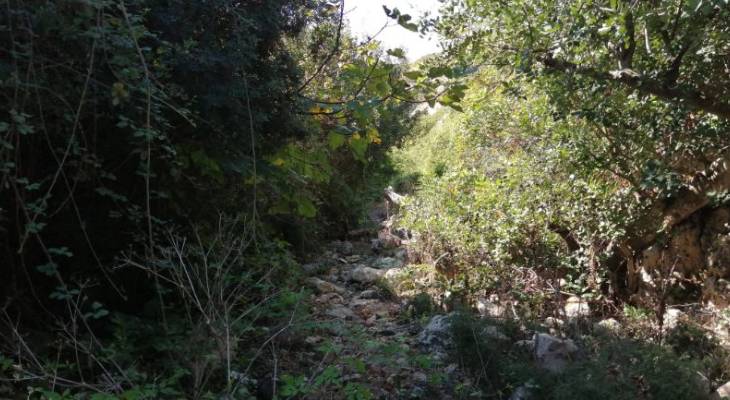
We arrive at another clear space beneath some large trees. It is wonderful to see trees maturing and thriving in their natural habitat. There's something about a big tree that makes you just want to sit beneath it for a while.
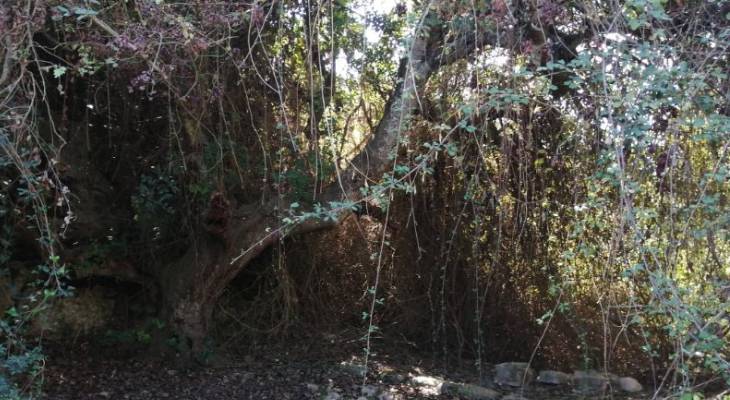
The passage continues through more thicket. Interestingly, the pathway is sometimes paved with huge stones or carved into the rock. What's sure is that whoever did the work has done it a very long time ago. The purpose remains a mystery, as there's easier access to the sea just nearby.
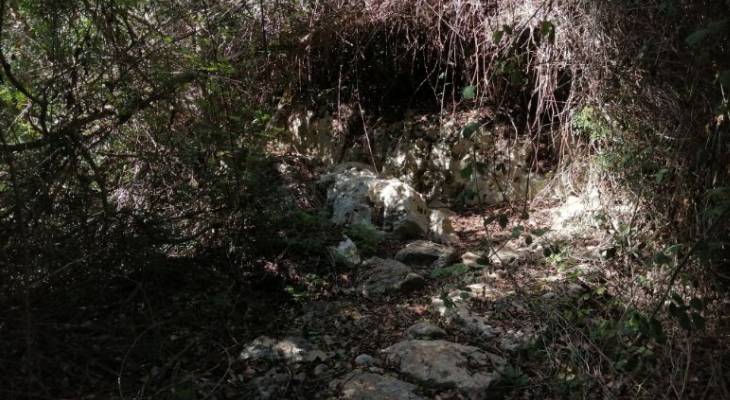
The journey through the valley continues with an ever-changing scenario. Here, the lush growth almost makes one question the hot dry summer that's just gone.
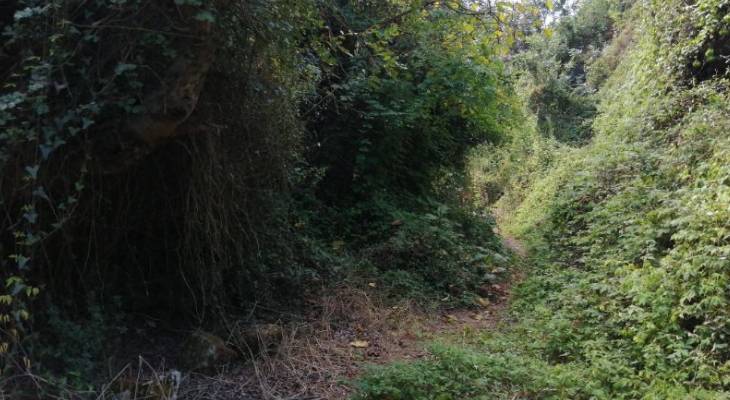
Through all the nature, some more evidence of man's hands appears every now and then, making for an easy passage through the valley. So far, the way is fairly intuitive.
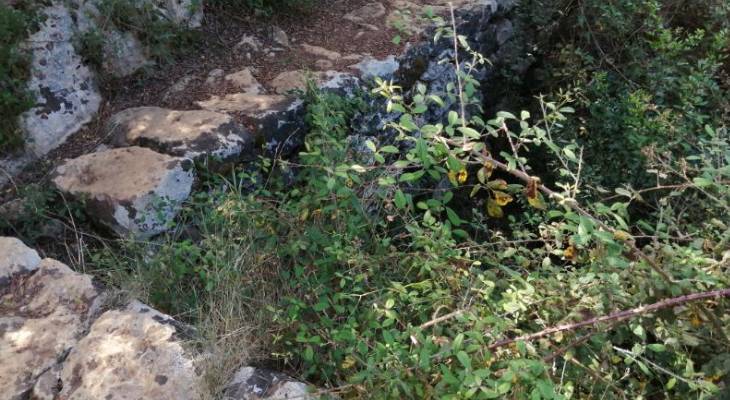
Finally, there is a stark change in the scenery. Whereas before lush thicket surrounded on all sides, here we come to the first 'opening' exposing the prominent walls of the valley into the sky above.
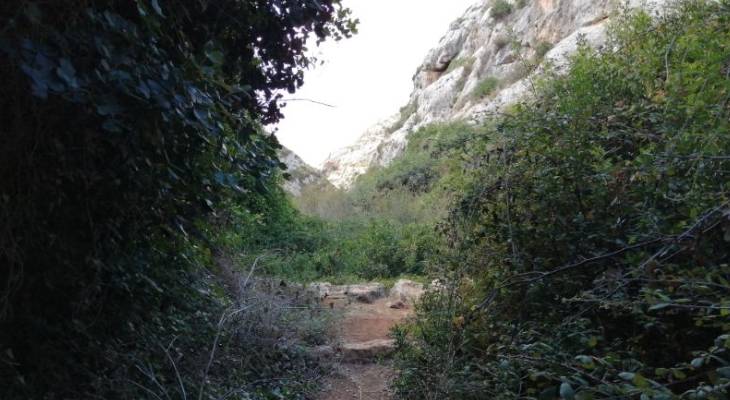
It doesn't get less interesting. Thousands of years of weathering has carved holes, caves and some amazing shapes into the rock. Not to mention the interesting stalactites.
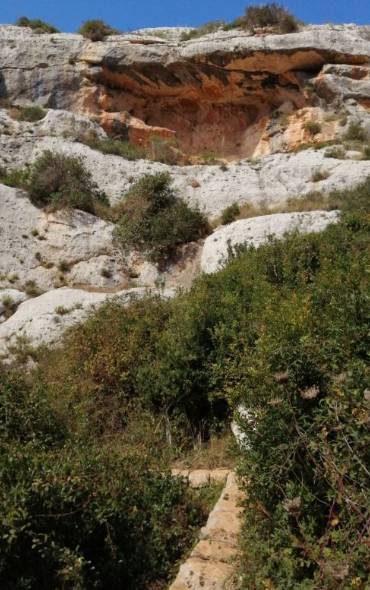
Beyond, it looks like nothing but a carpet of vegetation lies ahead, but we continue along the path.
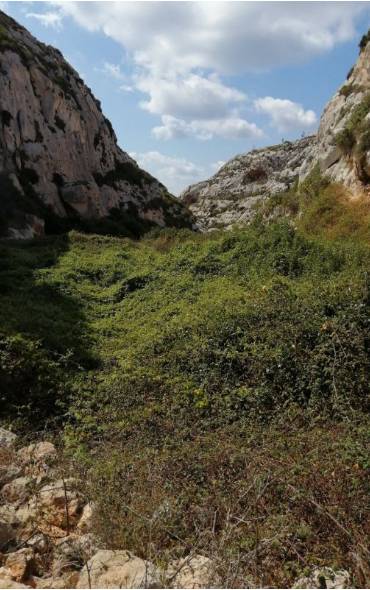
That's when we meet some climbers. It's not surprising. Wied Babu is one of the top local climbing spots. You will find climbers here almost any time any day of the week, yet it never feels busy.
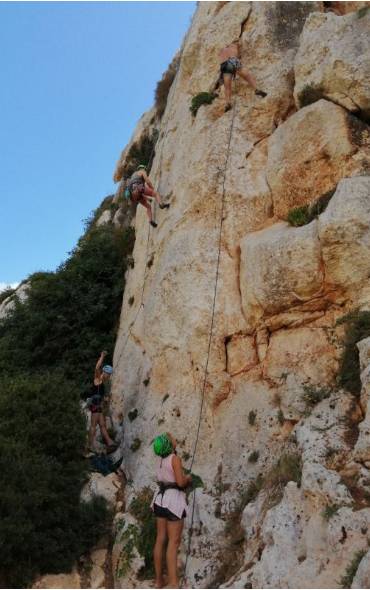
There are two ways ahead of us, one continuing along the left side of the valley and another crossing to the right.
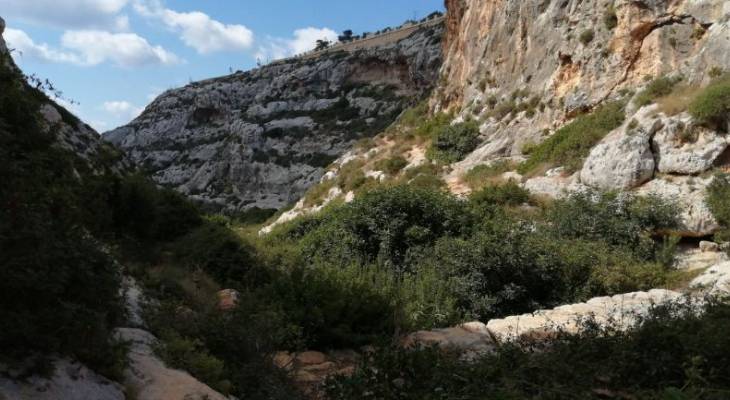
We take a right as walking along this amazing stone bridge is irresistible.
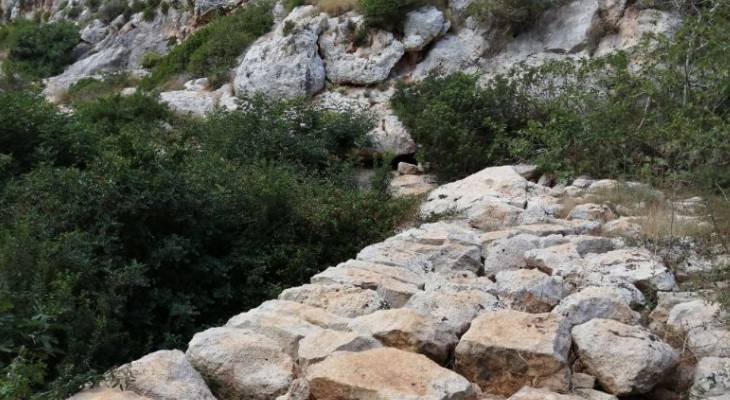
It's worth the crossing to catch this amazing view, however we realise that we need to get to the bottom and there's no safe passage from here, so we turn back.
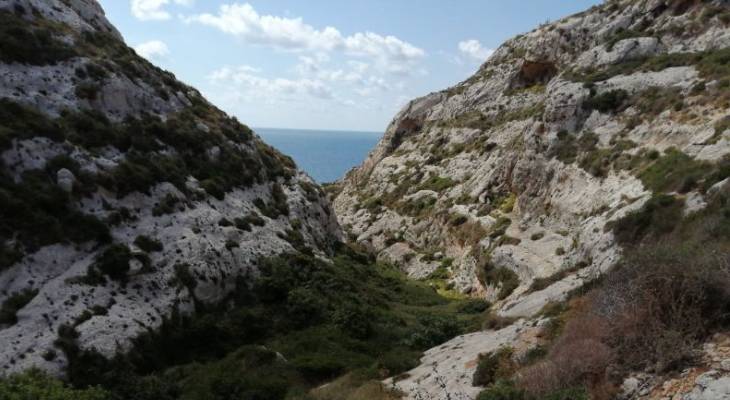
This point lies midway up-and-down the depth of the valley and is a great vantage point to admire just how magnificent it is.
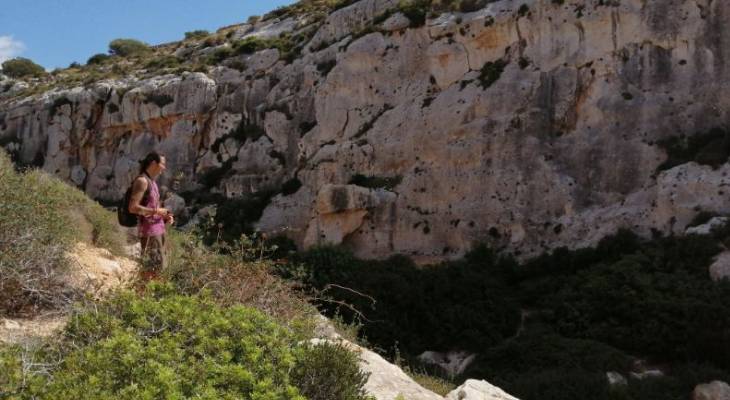
Back at the cross roads, we take the left path further along...
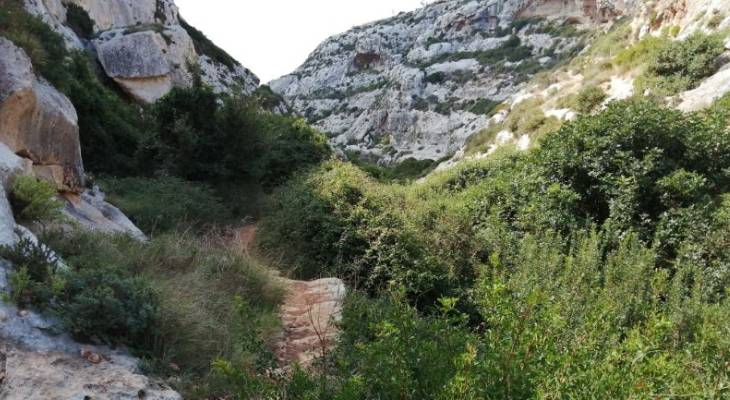
The little details along the way are simply delightful: nature's own art!
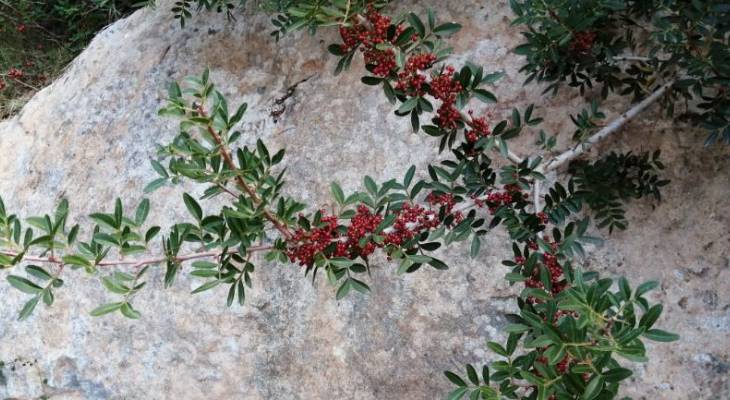
And then the massive iconic boulder that's lying right at the foot of one of the best climbing walls in the valley. Nobody is here today and we linger a while, wondering what a thud must have echoed through the valley that day this massive rock fell down from high above.
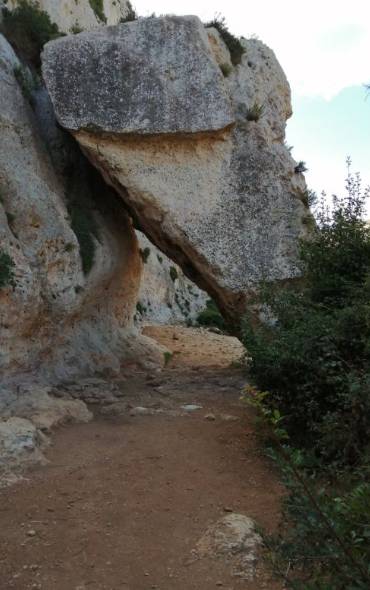
From here, the path takes us deeper down into the valley through the thicket we observed earlier. Evidently, less people make it this far as most of the people who come to Wied Babu are climbers and there are no more climbing routes beyond this point. Where the path forks, we take a right for an easy way across to the other side.
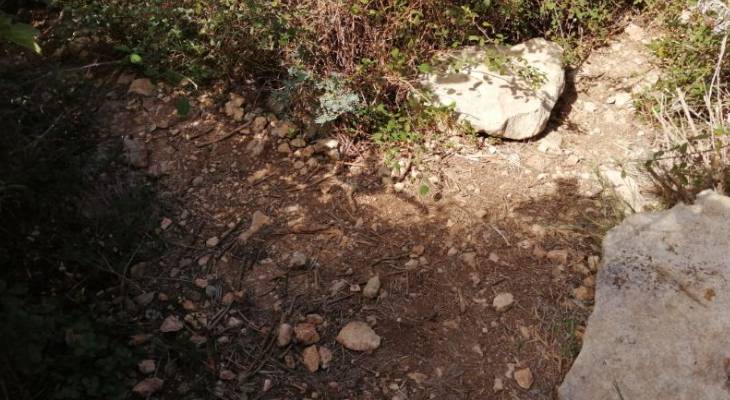
There is a flat ledge that leads to a sloping ledge that leads to a drop to the bottom of the valley. That's where we need to go.
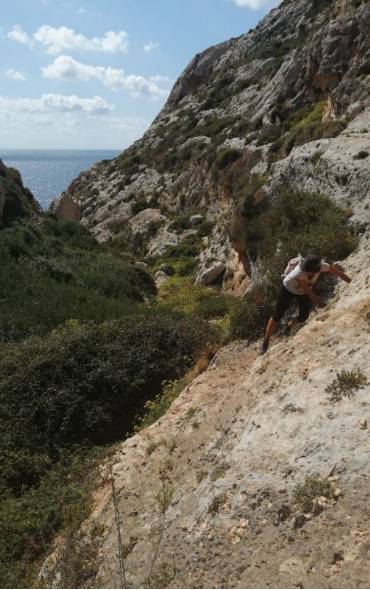
It's not as difficult as it sounds. There's even a convenient rope to help you down. The footholds and handholds are good. Nothing to fear.
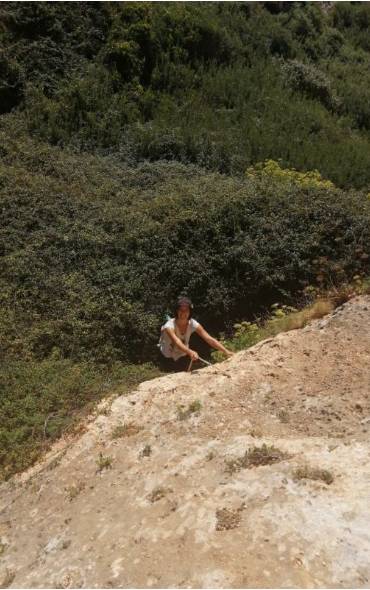
Below, a whole new world opens up before us. The mouth of the valley is near now and the sea seems to be beckoning us to come, come, come.
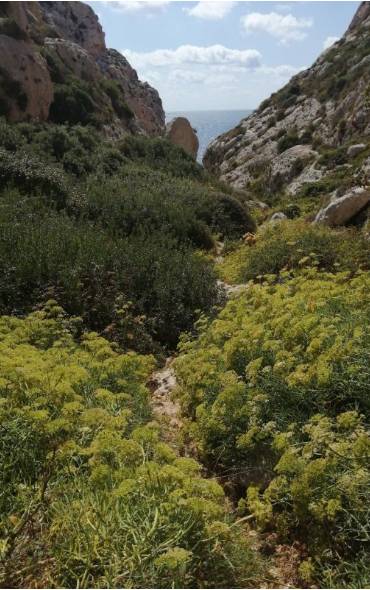
Behind us is the big wild terrain we just crossed.
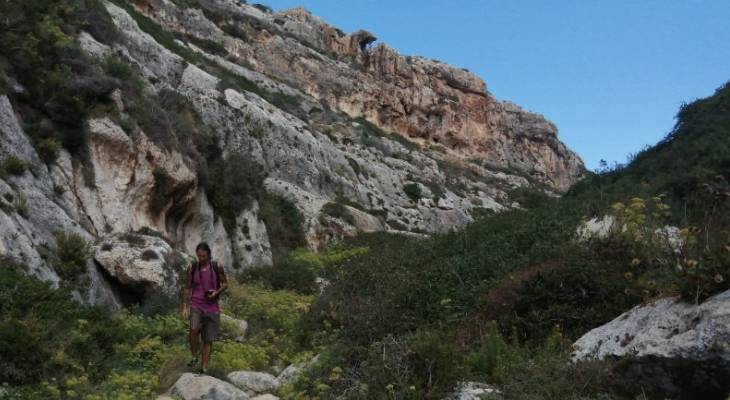
There is something about Maltese rock that is hauntingly beautiful. It's not just rock - it has character. It is curious, interesting and playful in its unfolding and shaping. Can you see the stalactites in the top left and the stalactite arch in the top centre of the picture below?
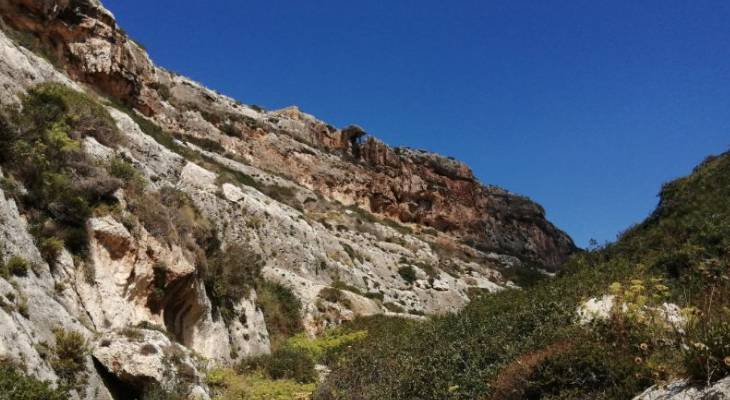
From this point on, the going gets tough. Not really tough, but enough to necessitate use of all four limbs. Again, boots yay, flip flops nay.
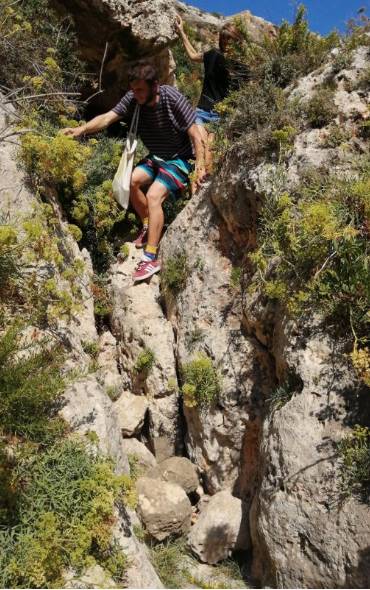
It seems a long way down but somehow the way urges you on, one descent after another.
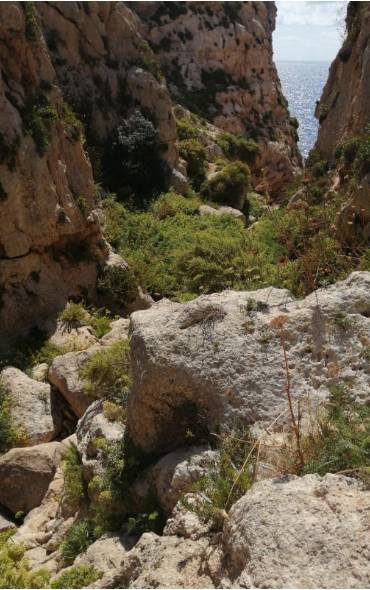
There is something highly enjoyable about the feeling of going where few people would venture. And while it is slightly challenging, it is more than worth the effort.
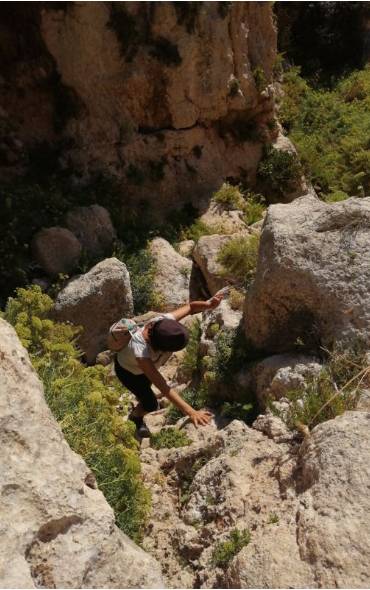
Not too far now and we can see the Blue Grotto boats approaching to show the mouth of the valley as part of their tour.
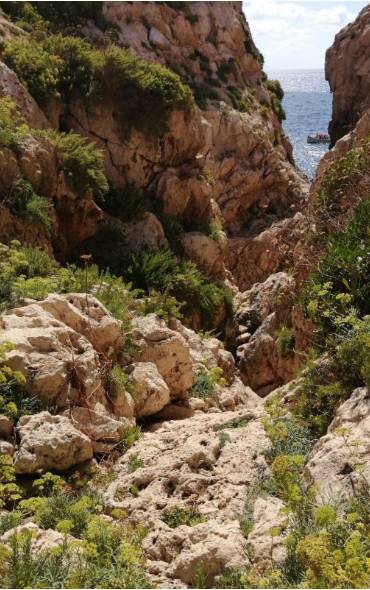
Finally at the bottom! Time to rest! It's been just over an hour of walking and climbing down to this point.
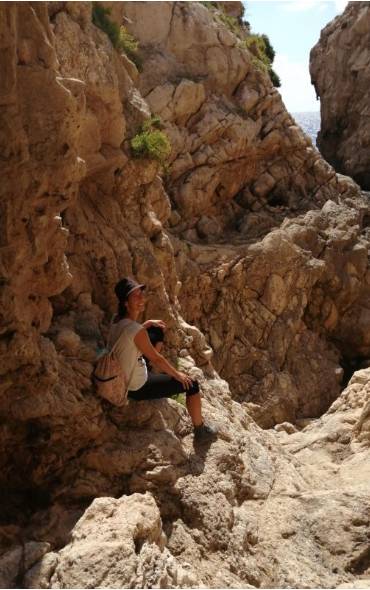
There's an amazing sparkling blue ahead of us, almost like a brilliant precious stone of a bright azure colour.
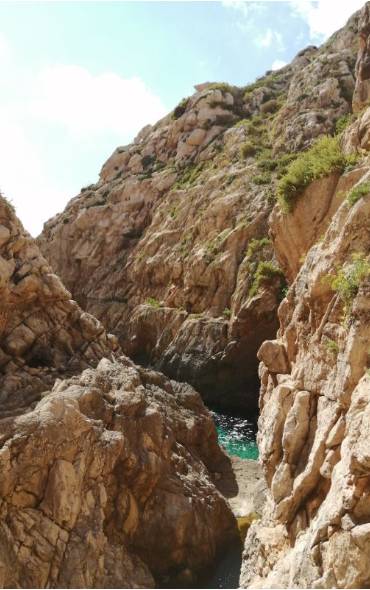
The water is crystal clear and contrasts beautifully with the tanned rock dotted with green bushes.
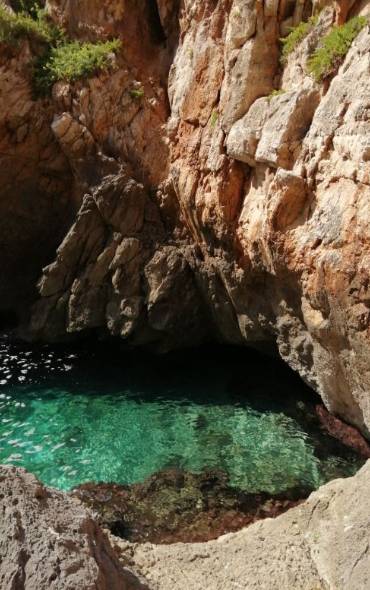
The rock at the mouth has a curious feature. It seems to be sliced diagonally with a sharp cutting tool.
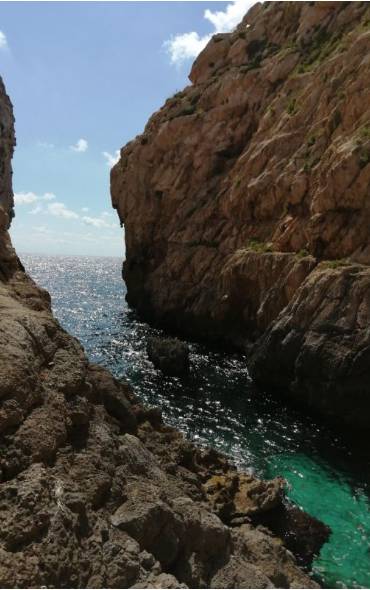
Cooling off with a dip in these waters is a must on a warm, sunny day. We were also very glad to bring our snorkelling masks.
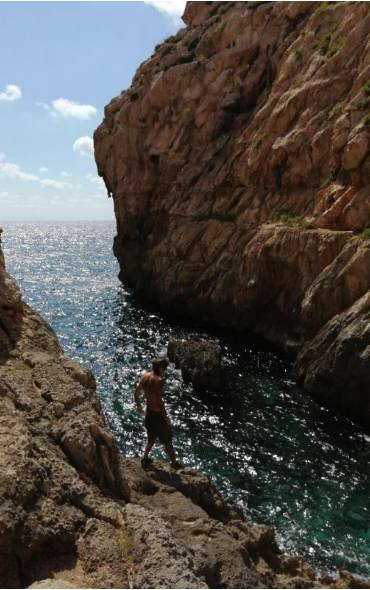
The way up may look intimidating, but it is actually easier to climb up than down, so it is much quicker.
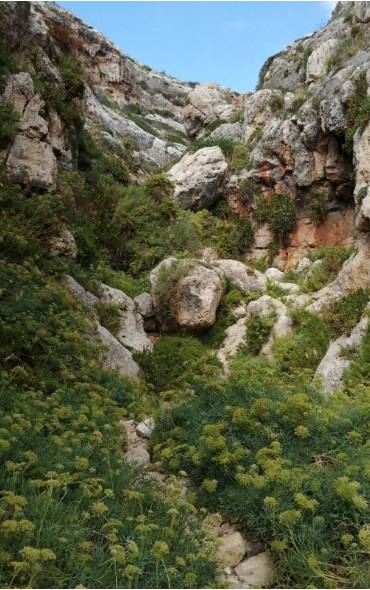
There is also no need to go all the way back. Just past the first climbers we met, a clearing through the bushes (on the left heading back) reveals a flight of steps cut into the rock all the way up to the top of the valley walls! And a path leads to metal steps conveniently located not far from a public car park.
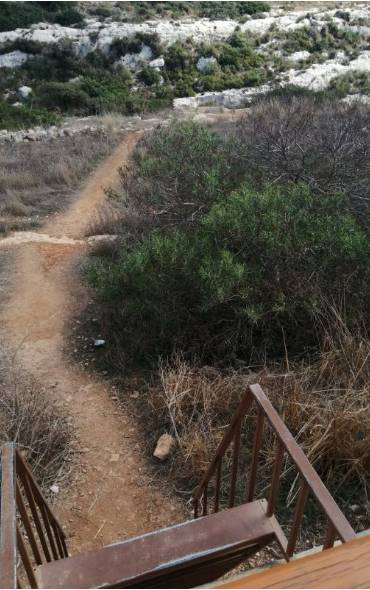
Since we parked at the other end of the valley, we walk back along the promenade. Not as exciting under the foot, but the views remain stunning. And all four of us have that weary happy feeling inside! The trip, including a swim and picnic lunch, took us three hours.
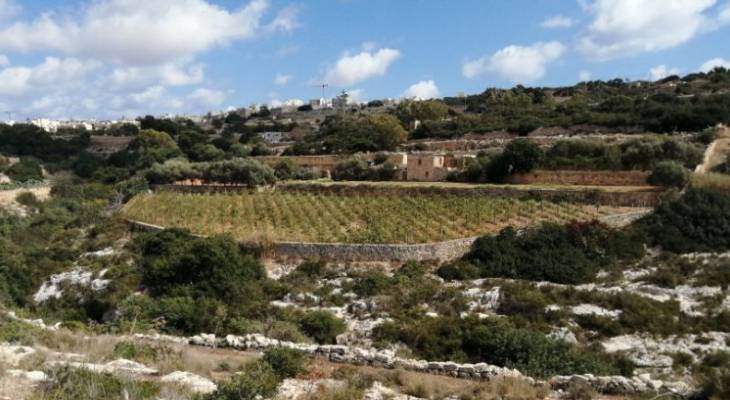
Melanie Drury